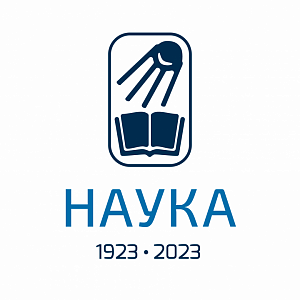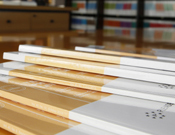Article
Plasma Investigations
2004. V. 42. № 6. P. 875–878
Shuaibov A.K., Shevera I.V., General A.A.
Low-pressure ultraviolet emitter utilizing chlorine and krypton chloride molecules
Annotation
Results are given of an investigation of the electrical and optical characteristics of the plasma of a longitudinal high-frequency discharge in a krypton/chlorine mixture ($P\le1000$ Pa). The high-frequency discharge is ignited in a cylindrical quartz tube with an inside diameter of $14$ mm and a distance between the anode and cathode of $30$ mm. The dynamics of current and radiation of the high-frequency discharge utilizing krypton/chlorine mixtures of different compositions and pressures are investigated. It is found that a longitudinal high-frequency in a krypton/chlorine mixture is a broadband excimer-halogen emitter in the $200$–$260$ nm spectral range. The ultraviolet spectrum of the lamp is formed as a result of overlapping of broadened radiation bands of chlorine and krypton chloride molecules ($200$ nm $\mathrm{Cl}_2^{**}$ , $222$ nm $\mathrm{KrCl}$, and $257$ nm $\mathrm{Cl}_2^{*}$). The optimal composition of a $\mathrm{Kr}/\mathrm{Cl}_2^{*}$ mixture is determined, which is necessary to obtain the maximal power of ultraviolet radiation.
Article reference:
Shuaibov A.K., Shevera I.V., General A.A. Low-pressure ultraviolet emitter utilizing chlorine and krypton chloride molecules, High Temp., 2004. V. 42. № 6. P. 875
Shuaibov A.K., Shevera I.V., General A.A. Low-pressure ultraviolet emitter utilizing chlorine and krypton chloride molecules, High Temp., 2004. V. 42. № 6. P. 875







